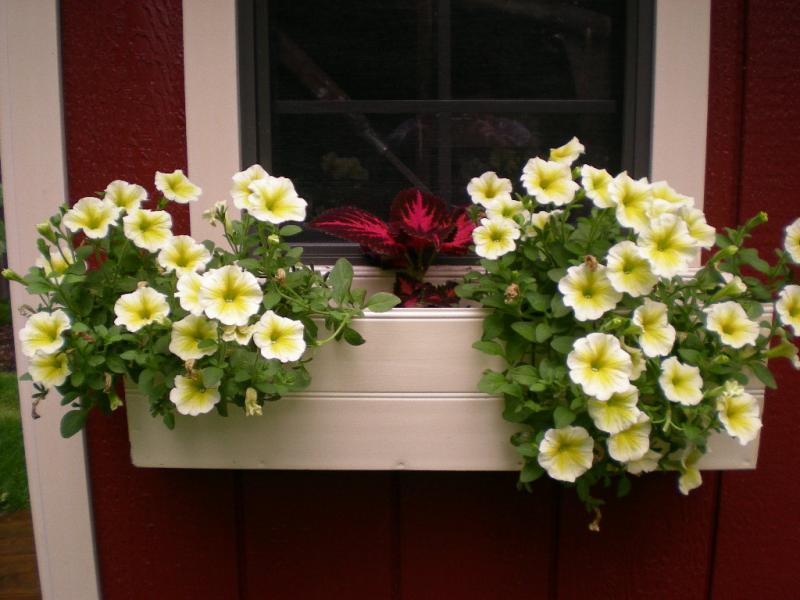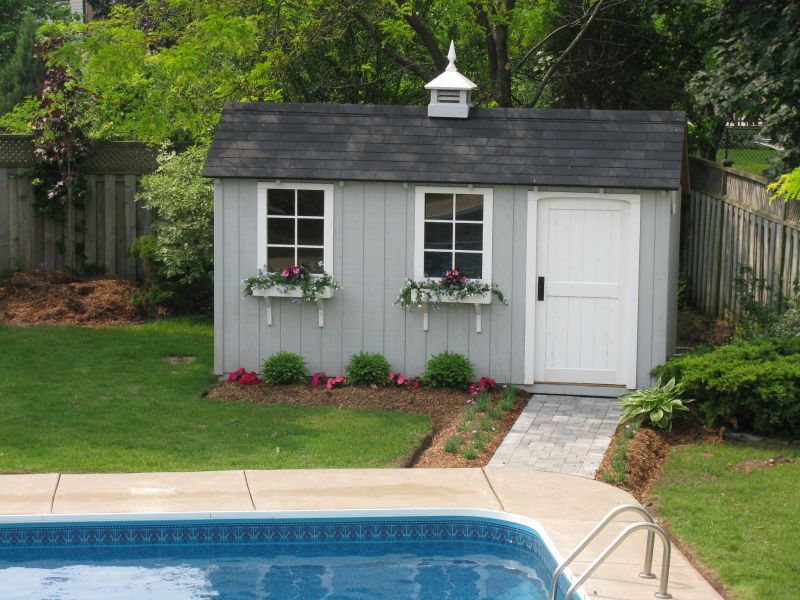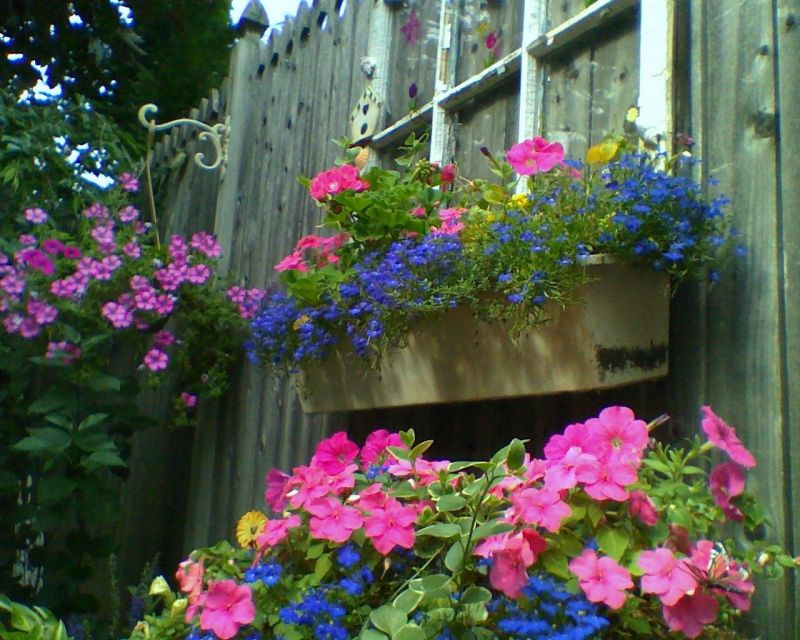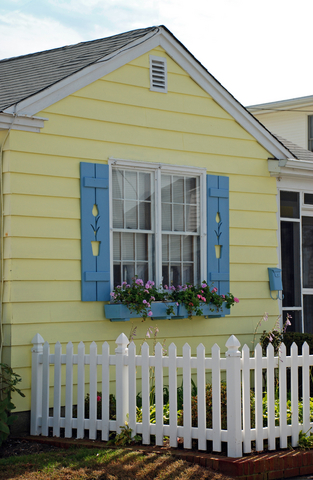Make the exterior of your home fashionable for springdress it up with window boxes full of colorful flowers and foliage. But window boxes are not just spring things, change their contents for each season and youll not only be keeping up with the Jones, youll be way ahead of your neighbors in helping to beautify the neighborhood. Tongue- in-cheek jesting aside, do this for yourself and your family. The efforts are few and the rewards are many.

Window Box Styles
You can usually find window boxes in a variety of styles at your local garden center or chain building supply store. These include ready-made wood boxes as well as metal hayrack types. Or, if you have a handy-man (or woman) carpenter in the family, window boxes can be custom-made from rot-resistant wood such as pressure-treated pine, cedar, teak or redwood. Just measure the width of your window, allow 8 to 10 inches for the height of the box and 6 to 8 inches for the width (bottom board). Drill holes for drainage in the bottom board. Attach the window box with heavy-duty hardware.
You can also find plastic or metal liner boxes which sit inside the wooden window boxes. These help protect the bottom board from rot, and they make planting easier. Just remove the liner box, take it to your potting table and fill it with potting soil and plants. It can then be inserted back into the window box that is attached to the house.

Look for other unusual items to use as window boxes, such as old sap buckets. Make a grouping of three or four buckets and mount them on a board and attach it to the bottom of your window. Be sure to drill drainage holes in the buckets before attaching to the board. How about old bicycle baskets or other wire baskets, a grouping of old watering cans, even childrens brightly colored plastic bucketswell, maybe for a window at the back of the house or on a fence!

Planting Your Window Boxes
Keep in mind that window boxes will be hanging out there in mid air, so they will get more intense exposure to the sun and will dry out faster than plants in the ground. You can help remedy this by adding water-retaining polymers to the soil. Dont put them on top of the soil; bury them in the bottom two to three inches of soil in the window box so roots can receive their benefits. Read the directions on the polymer container for calculating the amount to be added. After planting, water gently, but heavily. This allows the polymers to take up water, which they will hold until the soil around them dries out. They will then release their moisture to the roots of your plants.
Choose a good potting mix with fertilizer already added. This will insure that your plants get a good start and stay healthy throughout the season. When you change the plants out for the next season, you can simply work in more time-release fertilizer in the remaining potting mixture. For your wire or hayrack baskets, you will need to purchase cocoa mat liners, which can be fitted to the basket to hold the soil in.
Plants For Your Window Boxes
When selecting plants for your window boxes, think about which color, or colors, will look good against your house. You may choose only one outstanding plant, or a mixture of plants that complement each other. Remember to place the tall plants toward the rear of the box, the shorter ones in the middle and the trailing plants along the edge of the box. With your window box in place, you can enjoy planning and planting each season of the year.


